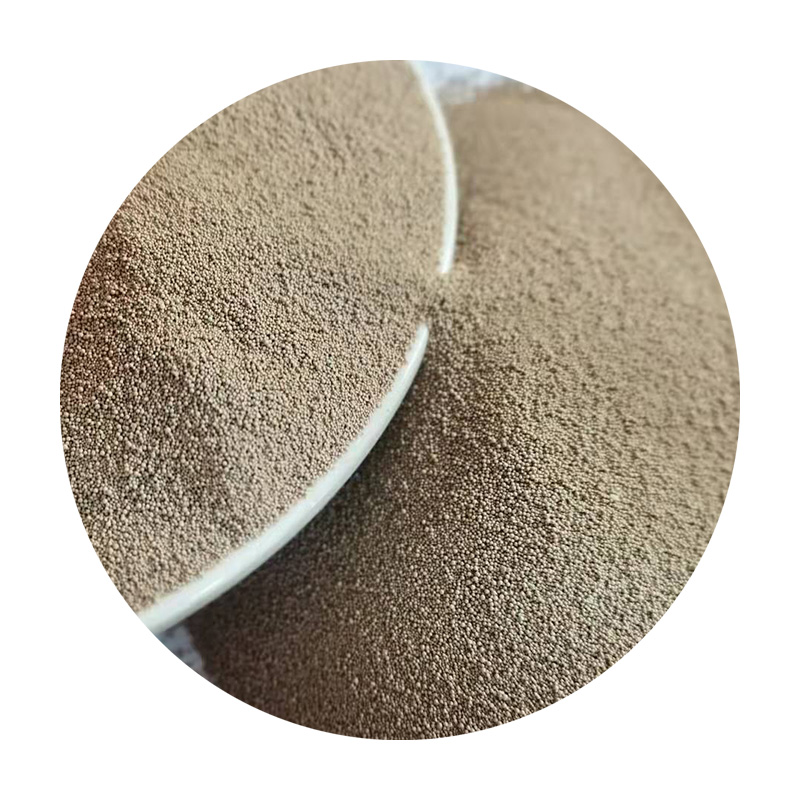Understanding Foundry Sand Contamination Causes and Solutions
Foundry sand, a crucial component in the metal casting industry, plays a vital role in creating molds for producing complex metal components. However, contamination of foundry sand can significantly affect the quality of the cast products, leading to increased defects and waste. Understanding the causes of sand contamination and potential solutions is essential for maintaining high-quality production processes.
Causes of Foundry Sand Contamination
One of the primary sources of contamination in foundry sand is the presence of foreign materials. During the casting process, various particles such as dust, dirt, and remnants from previous molds can mix with the sand. This issue is exacerbated in environments where multiple processes occur simultaneously or where the sand is not properly stored. Additionally, the use of recycled sand can also introduce contaminants if not adequately cleaned before reuse.
Another significant factor contributing to sand contamination is the degradation of the sand itself. Over time, the mechanical and thermal stresses experienced during the casting process can break down the sand grains, creating fine particles that can alter the sand's properties. This degradation can lead to increased permeability and poor mold strength, which impacts the final product quality.
Impacts of Contaminated Sand
foundry sand contamination

Contaminated sand can lead to a range of issues in the casting process. The presence of impurities can cause defects such as surface imperfections, inadequate dimensional accuracy, and even structural failures in the final cast products. These quality issues can result in increased production costs, as manufacturers must spend more on inspections, rework, and scrap metal from failed casts.
Solutions for Managing Contamination
To mitigate the issue of foundry sand contamination, several strategies can be implemented. First, proper storage and handling of sand are crucial. Ensuring that sand is stored in clean, dry environments can help minimize the introduction of contaminants. Regular cleaning of equipment and work areas can also reduce the risk of foreign materials mixing with the sand.
Investing in advanced filtration and sand reclamation technologies can greatly enhance sand quality. These systems can remove contaminants and allow for the recycling of foundry sand without compromising its properties. Additionally, routine analysis of sand quality should be conducted to monitor for contamination, enabling proactive measures to correct issues before they lead to production problems.
In conclusion, foundry sand contamination poses a significant challenge in the metal casting industry. By understanding its causes and implementing effective management strategies, manufacturers can ensure the integrity of their products while optimizing their production processes.
Post time:ก.ย. . 05, 2024 03:19
Next:Sand Casting Processes - A Comprehensive Guide
